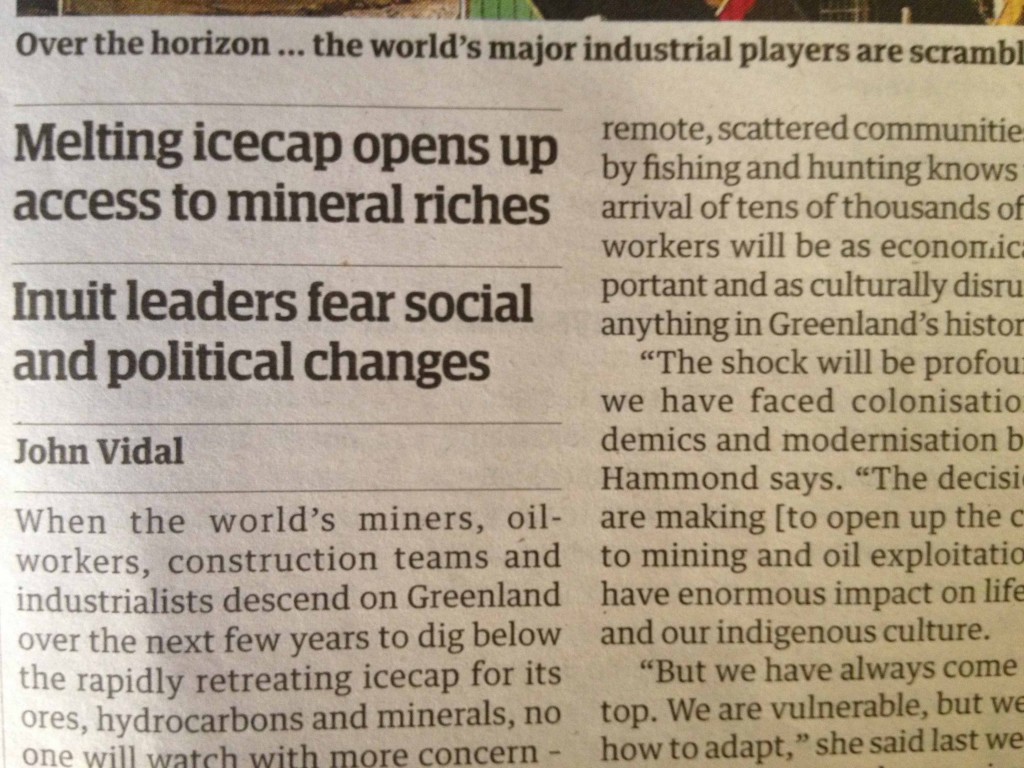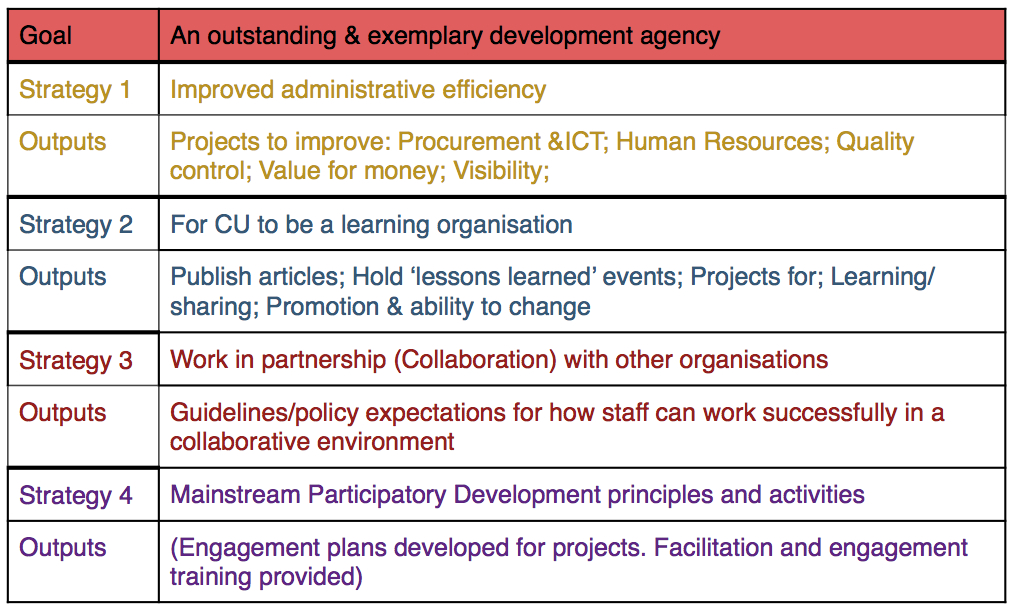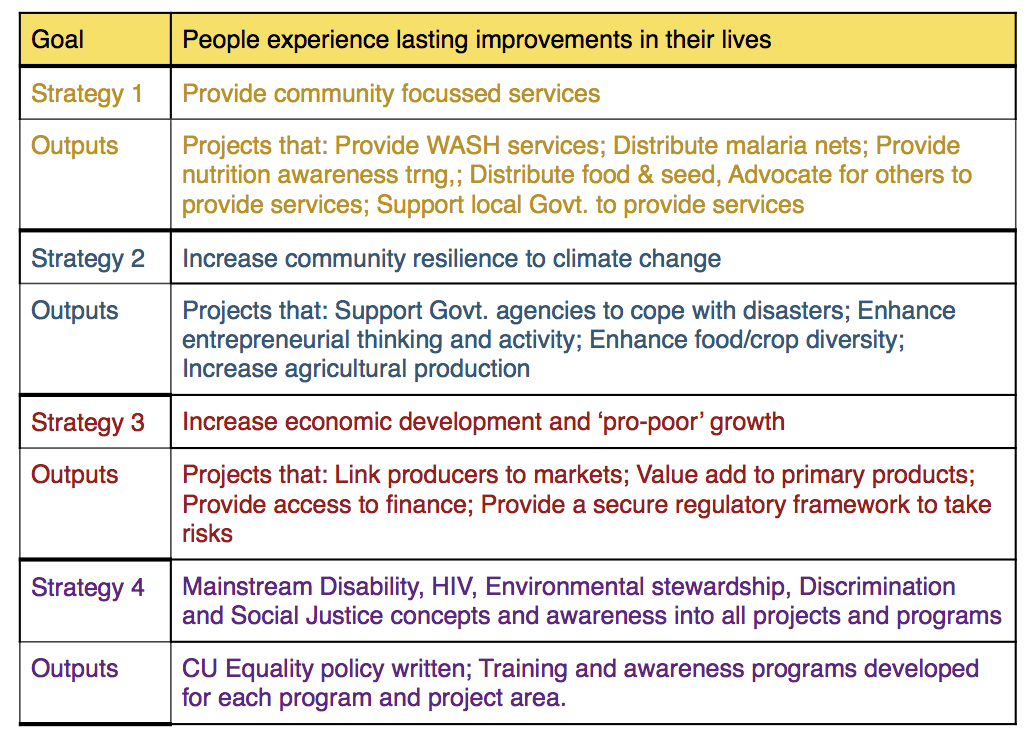I have now facilitated three workshops with CU, with another scheduled for next week. I constantly see many similarities between the role of an architect and that of the facilitator. Each workshop is a different design exercise, and both are about creating a space for people to relate to each other. This can be both at the physical, literal level that provides shelter (out of the wind and rain in the former, the everyday bedlam in the latter) and also at the ‘meta level’, where the conversation can be about the design structure itself.
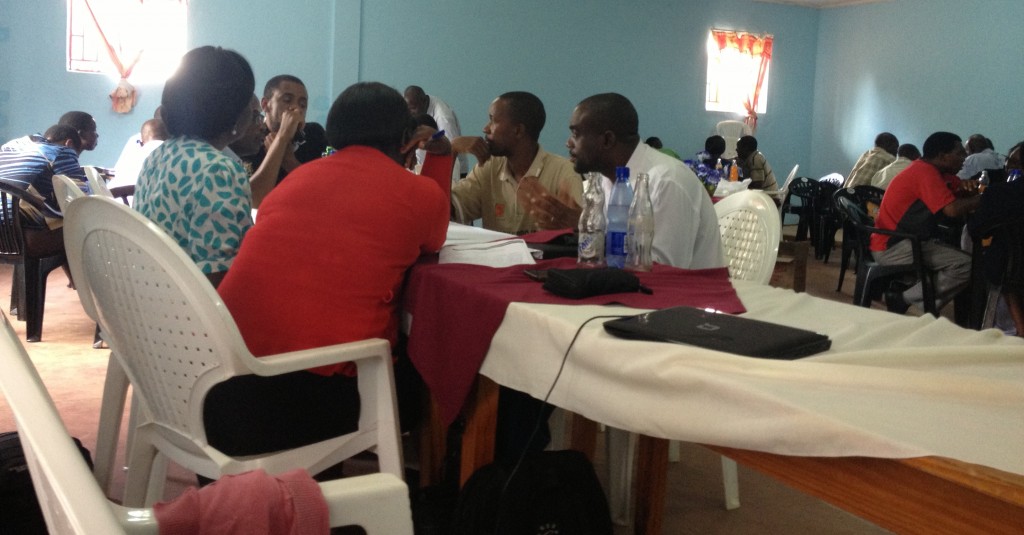
CU staff, Govt officers and leading community members consider how to sustain the impact of the Local Development Sustainability Project after it ends in a years time.
Thus at the meta level another analogy with the world of architecture is that no architect is either truly original or every project completely unique. But at the same time, every designer has their own style, their own approach, their own preferred details.
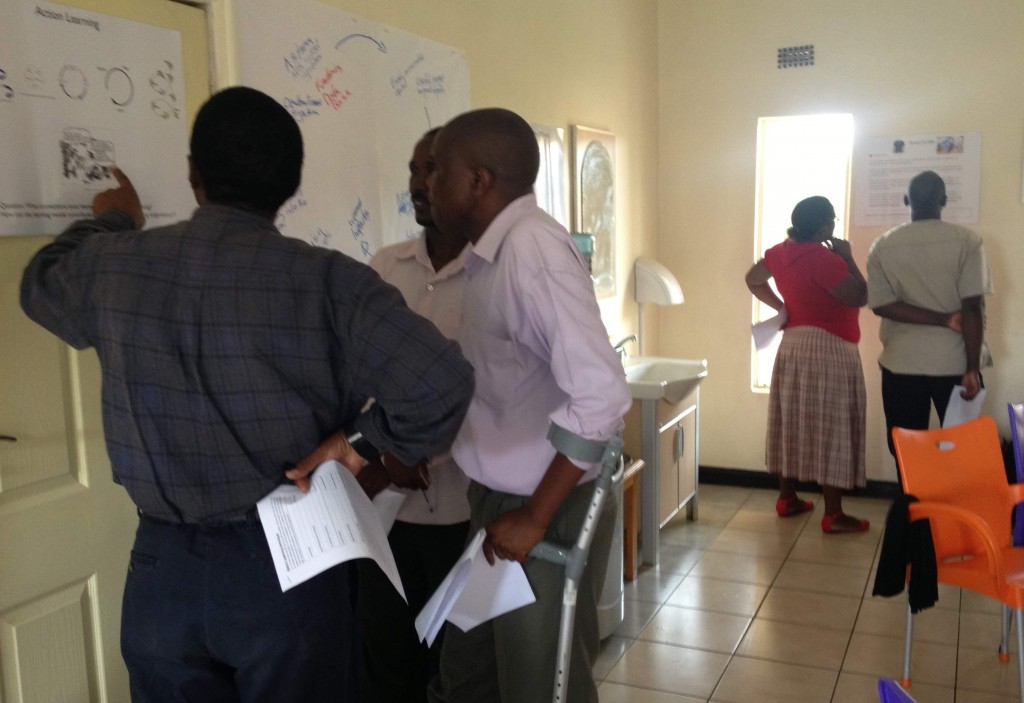
Using the poster process, CU staff consider aspects of M&E raised by individuals during the initial round of Semi Structured Interviews.
I continue to find the ‘poster’ concept that I used in the ’19 Points of Connection’ show works well in a variety of different settings. In the first workshop I wanted to introduce to the group as a whole some of the concepts around Monitoring and Evaluation that had been raised by individuals in my Semi Structured Interviews. In the second I used a variation to enable different work units (each comprising a variety of CU staff, Govt. staff and community leaders) both present their proposals for their project exit strategy, and also act as ‘critical friends’ with each other.
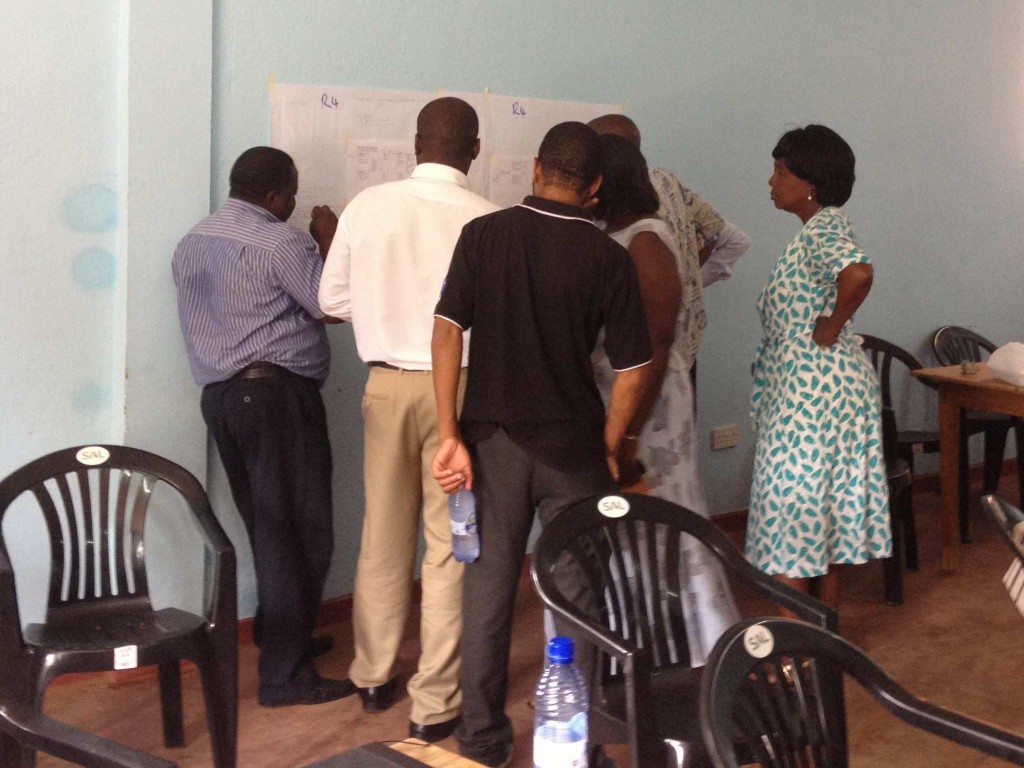
After each Key Result Area group had developed their exit plan, the leader presented to members of other groups as ‘critical friends’. This way gaining new insights and refinement opportunities.
As a workshop detail, I suspect it will be a bit of a signature activity of mine for a few more workshops yet.

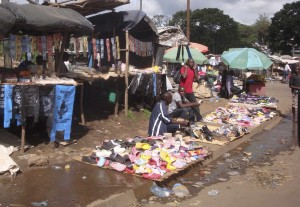
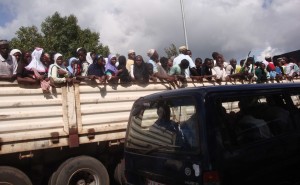
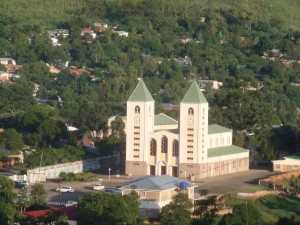
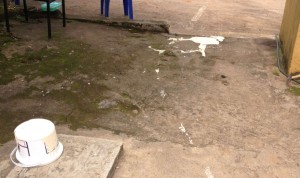 My colleague says that there is no culture of learning within Malawian society. Perhaps he’s right, or perhaps it is a charge that can be levelled at every culture and it is more about what is important to who. Either way, it all certainly adds to the colour of life (and office!).
My colleague says that there is no culture of learning within Malawian society. Perhaps he’s right, or perhaps it is a charge that can be levelled at every culture and it is more about what is important to who. Either way, it all certainly adds to the colour of life (and office!).